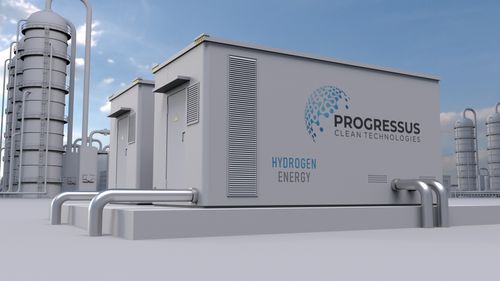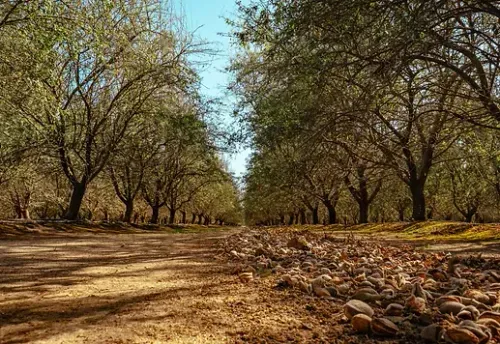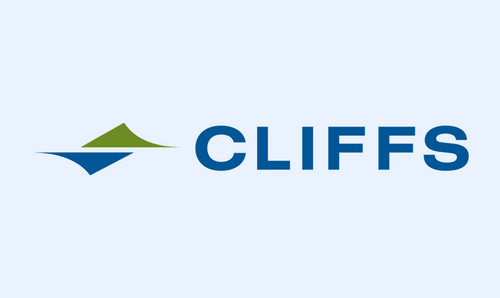Cleveland-Cliffs Inc. announced that its initial phase of research being conducted with funding from the U.S. Department of Energy’s (DOE) Office of Clean Energy Demonstrations (OCED) is coming to a close. Based on the results of the initial study, Cleveland-Cliffs has submitted an application on Monday, Dec. 5 for funding from the DOE’s OCED for the next phase of research for the front-end engineering design (FEED) for large-scale carbon capture at its Burns Harbor integrated iron and steel facility located in Northwest Indiana, according to a news release.
The company’s Burns Harbor project aims to capture up to 2.8 million tons of CO2 per year from blast furnace gas with a net carbon capture efficiency of at least 95%. The proposed FEED would be completed over a period of 24 months. The study would be funded 50 percent by Cleveland-Cliffs and 50 percent by the DOE through the Bipartisan Infrastructure Law appropriations, which is part of a broader government approach to fund domestic commercial-scale Carbon Capture and Sequestration technology.
Cleveland-Cliffs has existing technical partnerships with the DOE and is the only American steel producer participating in the DOE Better Climate Challenge initiative. The Company is the largest industrial energy user in the DOE’s Better Plants program. Through DOE’s Better Climate Challenge, organizations join a network of market leaders that are stepping forward to work with DOE to plan for their organization’s future success by reducing GHG emissions and sharing replicable pathways to decarbonization.
Cleveland-Cliffs is the largest flat-rolled steel producer in North America. Founded in 1847 as a mine operator, Cliffs also is the largest manufacturer of iron ore pellets in North America.








